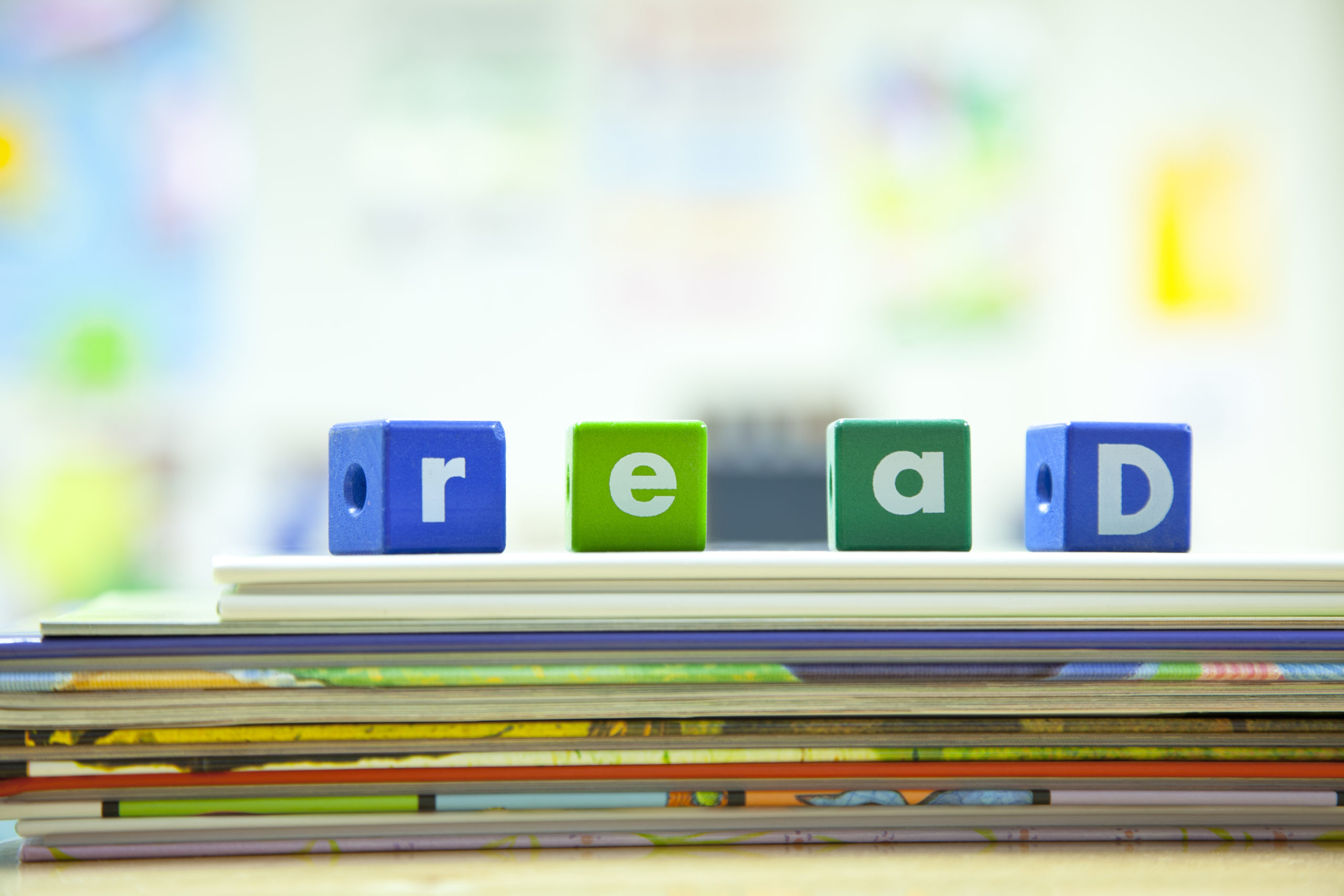At Risk Readers
 Literacy development in the preschool and elementary school years sets the foundation for reading and writing success in school. Children begin formal instruction in reading and writing once they begin kindergarten. Each grade builds on skills learned in the previous grade. Children who struggle in the early grades fall progressively further behind their peers as they advance grades. Early identification of these at risk readers allows for explicit instruction in the sounds that make up words, the sounds the individual letters make, and blending of the sounds to make a word. There are several warning signs a child may exhibit if they are struggling with reading in the early school years.
Literacy development in the preschool and elementary school years sets the foundation for reading and writing success in school. Children begin formal instruction in reading and writing once they begin kindergarten. Each grade builds on skills learned in the previous grade. Children who struggle in the early grades fall progressively further behind their peers as they advance grades. Early identification of these at risk readers allows for explicit instruction in the sounds that make up words, the sounds the individual letters make, and blending of the sounds to make a word. There are several warning signs a child may exhibit if they are struggling with reading in the early school years.
Warning Signs for At Risk Readers:
- Difficulty learning to rhyme words
- Difficulty learning letter names and the sounds they make
- Confusing letters that look similar (b and d, p and q) or sound similar (t and d)
- Difficulty reading familiar words (such as bat)
- Substituting similar words when reading aloud (saying house for home)
- Difficulty identifying the individual sounds in words
- Difficulty blending the individual sounds into words
- Struggling to remember sight words
- Difficulty remembering spelling rules
- Skipping small words when reading aloud (words such : of, the, at)
- Difficulty explaining or retelling what happened in a story
- Spelling words inconsistently, may spell the same word correct one time, then incorrect the next
- Avoiding reading and writing as much as possible
Though most children learn to read in the early grades, some children cannot grasp the basics of reading. These struggling readers would benefit from explicit instruction in phonics. Early identification is essential to help these children learn to read, and successfully advance through grades. For learn more about helping at risk readers, check out Early Literacy: Reading, Writing, Learning. and United for Libraries. If you have concerns about your child’s reading skills, we have speech therapists that can help!
